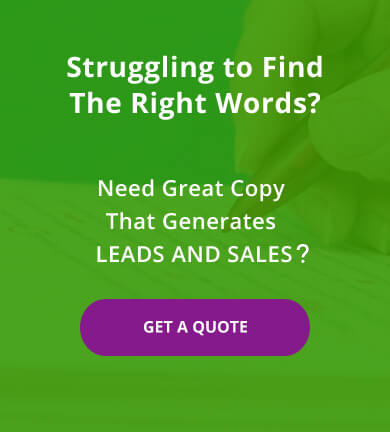Marketing with e-Newsletters
Use a Newsletter to Generate Leads for Your Business

E-newsletters can be a cost-effective way build your brand and stay in touch with customers.
Looking for an inexpensive way to market your products or services? Newsletters are an effective marketing tool. Go the e-newsletter route and you’ll save on graphic design, printing and mailing costs. Here are more answers to questions frequently posed to newsletter copywriters.
What can an e-newsletter or printed newsletter do for you?
-
Keep your company name in front of the customer
-
Position your company as the expert in your area
-
Create brand recognition for your products
-
Help you build a relationship with your prospects and customers
-
Generate sales for your business!
Encourage your subscribers to share your e-newsletter by forwarding it to their friends and colleagues. Include links to your profiles on Twitter, LinkedIn, Facebook, Google+ and any other social media on which you participate so your readers can connect with you across multiple platforms. These newsletter examples show off how top brands use e-newsletters to build their customer bases.
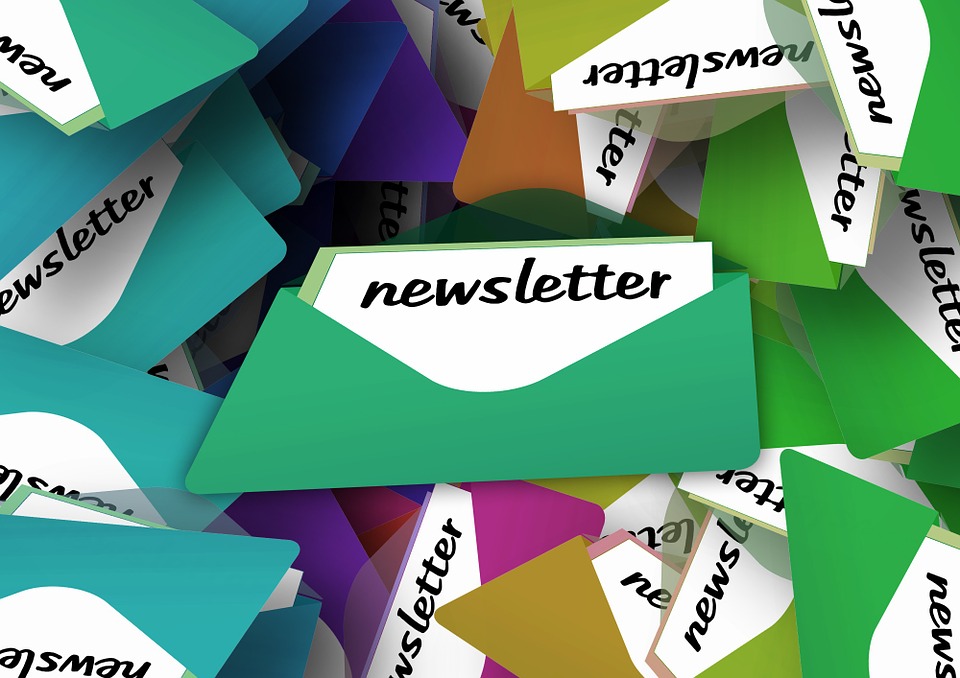
E-newsletters came your name top of mind in your prospect’s mind.
What should your newsletter contain?
-
Information that is useful to the customer, as opposed to just promotional for you
-
Interesting, relevant stories with specifics readers can relate to
- Recent trends or changes in the industry
- Details about new or additional products or services you offer
The key to a successful newsletter is creating content that your audience WANTS to read.
What tone should you use in your newsletter?
Write your newsletter copy in a friendly, conversational voice. It’s okay to use first or second person and to let your personality shine through. After all, you’re trying to build a relationship with the reader, a.k.a. potential customer. Of course, be sure your copy sounds professional and is error-free.
Does the newsletter need graphics or photos?
That depends on what you’re selling. Yes, if you can show products or present your material in a more professional way. Photos will also break up the content and add color to your page.

Adding graphics and photos to your e-newsletter will increase its readability.
Consider adding a photo of anyone who authors an article in the newsletter. People like looking at faces. It will help readers feel a connection with the writer and your business.
Finally, vary the size and shape of photos you include. Mixing it up will make your page more eye-catching. If you’re doing an e-newsletter, just be aware of load times. Too many or oversized photos could make loading slow and frustrate readers.
Can you use emoji?
That depends on your brand’s image and target market. Emoji tend to be fun, friendly and informal. If the shoe fits, by all means, put it on. Just don’t overdue it. One or two emojis are fun. Too many are distracting.
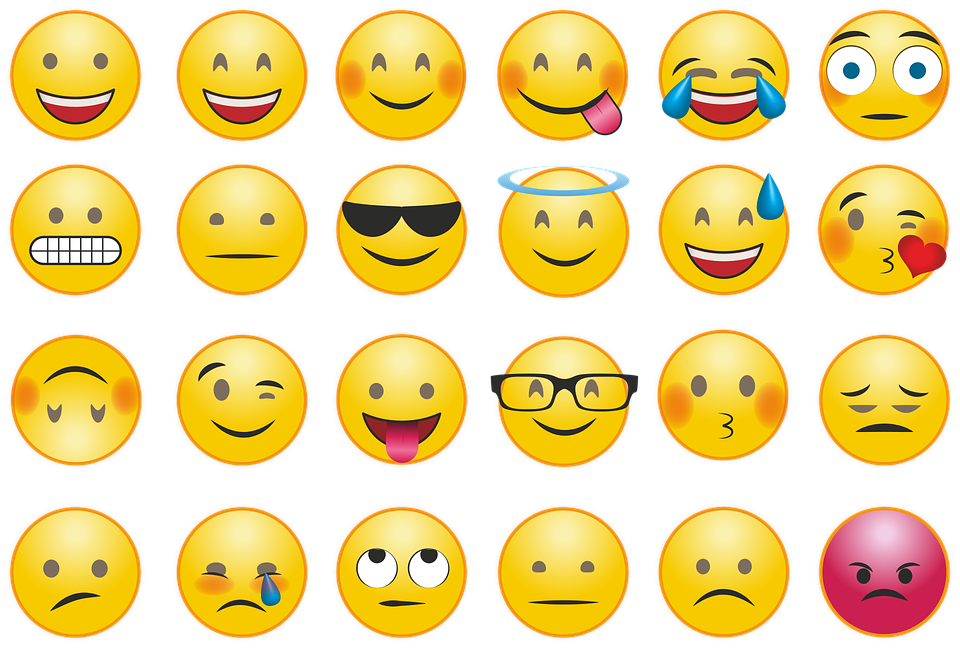
Emojis can add a lighthearted touch to your e-newsletter. Use if it fits with your style.
Look for other opportunities to incorporate illustrations and graphics as well. Like photos, they help break up the text and make a newsletter visually pleasing.
Should an e-newsletter be sent as part of an e-mail or as an attachment or link?
Best if you can send it right within the e-mail. Many people won’t bother to download an attachment or click on a link. Be sure to use a compelling subject line to increase your open rates.
Does an e-newsletter have to be mobile friendly?
Yes. The number of people using their Smartphones to read their mail, including newsletters and blogs they subscribe to, is growing fast. You don’t want to ignore that portion of your audience. Make your e-newsletter mobile friendly.
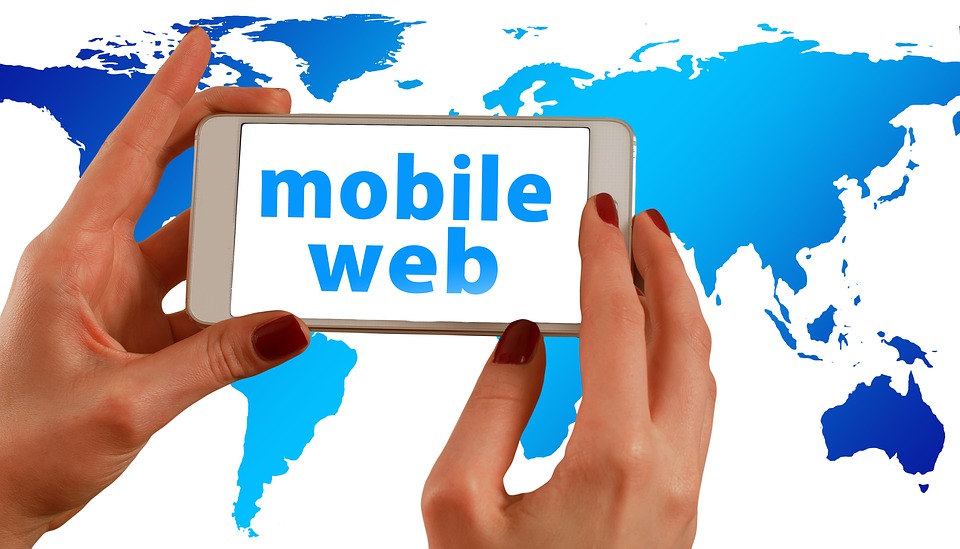
Many people read e-newsletters on their phone so its design must be mobile responsive.
A mobile-friendly email displays optimally between a desktop/laptop and a mobile device. It will look great no matter how your subscribers decide to view it.
A couple quick tips for designing a mobile-friendly e-newsletter:
- Use a single column template.
- Avoid fonts that are too small and could be hard to read (Headlines – 22pt, Body Text – 14pt).
- Keep the design clean and simple for easy viewing.
- Use a strong contrast of colors, like dark text on a light background
- Don’t go too crazy with photos. More than 3 could cause a display problem for some Smartphones.
- Do a test mailing. Check your e-newsletter before hitting SEND to everyone. Make sure it looks okay and images display properly.
Should you include links in your newsletter?
Sure, if the links are to your own web site or other quality sites that are relevant and will provide the reader with useful information.
You should also include links to your social media accounts, such as Facebook, Instagram, Pinterest and LinkedIn. Add a click-to-tweet button and you’ll make it easy for people to share your content with their Twitter followers.
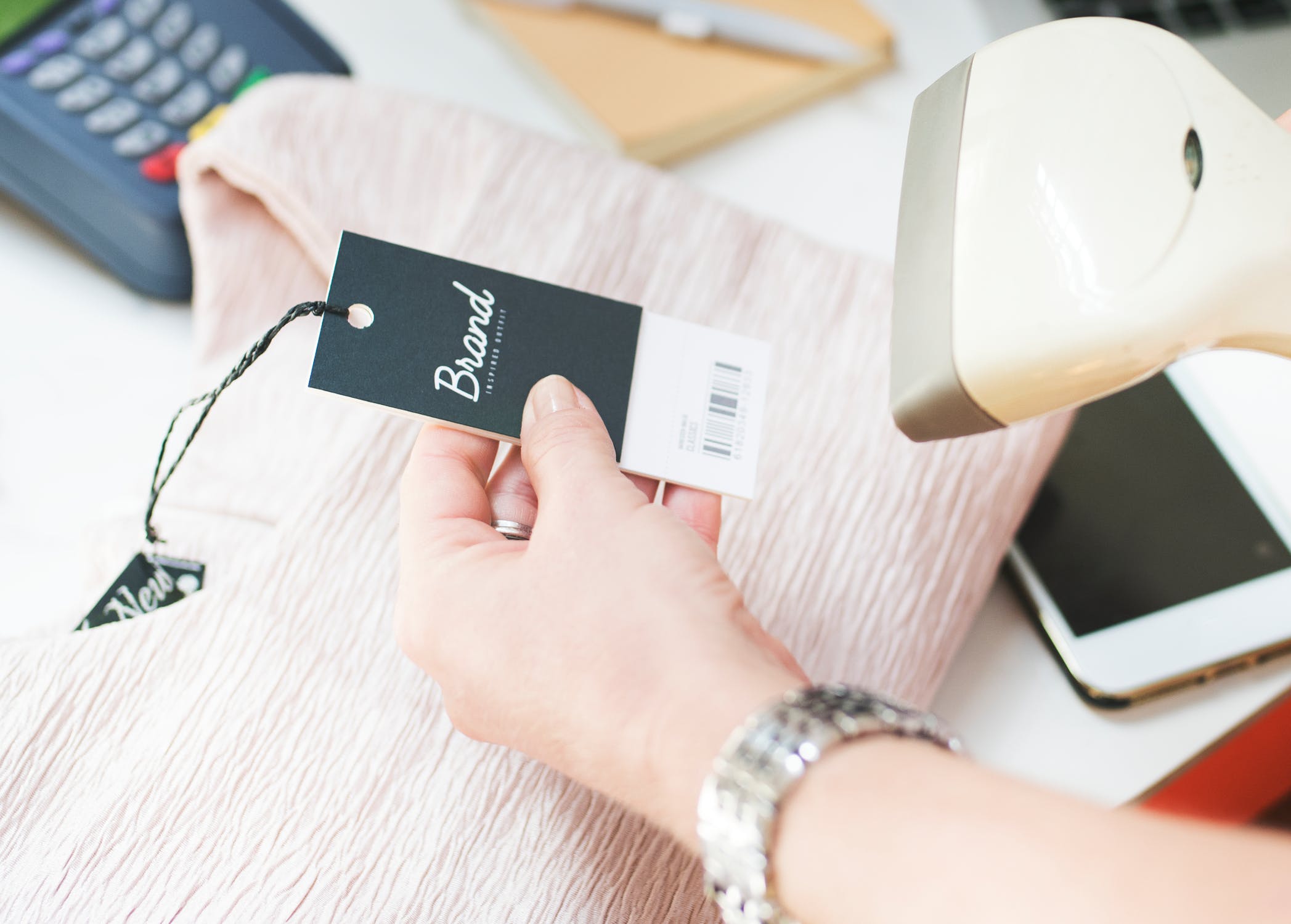
A newsletter is one of the best ways to increase brand awareness and engage customers.
Are there any required elements in a newsletter?
Yes. The elements required by are are:
- Copyright notice including the company name and the year
- Mailing address (your physical address, not an email)
- An unsubscribe button
- A link to update subscription preferences
What style should you pick for your newsletter?
According to the Talented Ladies Club writing about newsletters, the style you pick depends on the perception you want to create. They suggest giving consideration to the following questions:
- Who are your audience and what do they like?
- What’s your brand personality and look?
- What niche or industry is your business in?
- Do you want your newsletter to be informal or serious?
- Would you like it to be sales-like or more educational?
Who should you send your e-newsletter to?
It’s always important to keep your reader in mind writing your newsletter. Who is that reader? It can be any or all of the following groups:
-
Existing customers
-
New customers
-
Prospective customers
-
Referral sources
-
Relevant media that might reprint information from your newsletter in their publication
Consider offering an incentive like a free report to entice visitors to sign up for your newsletter.
How do you get newsletter subscribers?
-
Have a sign-up form on your web site, preferably on all pages. Keep it simple or people won’t sign up
-
Offer a bonus for sign-ups such as a free e-book or special report
-
Include sign-ups in ads, direct mail, at trade shows or any other marketing opportunity
-
Submit informative articles to e-zines and include links to your sign-up form
- Promote your newsletter on your social media accounts — Twitter, Facebook, Pinterest, LinkedIn, Instagram, etc.
Does my newsletter need a name?
According to the copywriting blog Writtent, it does. “What will you call your newsletter? Every book, newspaper, and magazine has a name. Your newsletter needs one too. The name should indicate the topic you focus on or the industry you serve.”
How often should you send out a newsletter?
At least monthly. Weekly is better, and some companies swear by dailies. If it’s an e-newsletter, you can do mailings more frequently. For most businesses, printed newsletters would be too costly to send out more than monthly or to a large mailing list.
What if you can’t write well or, even more importantly, if writing the newsletter is not an effective use of your time?
Hire a freelance copywriter proficient in writing newsletters. He or she will be able to take your raw information either by phone, e-mail or other research material and convert it into an effective newsletter that delivers a great return on investment.

Don’t have the time to write your newsletter? Work with a newsletter copywriter to get the job done right.
From a design standpoint, how should a newsletter be layed out?
Here’s an infographic that looks at the physical make-up of a successful newsletter.
Need help writing or designing a newsletter for your business?
Contact Susan Greene here for assistance or continue reading below for more insights into creating your newsletter.
* * *
I was recently interviewed by an e-commerce publication about e-newsletters and how they can help businesses accelerate their growth. I thought I’d share my answers to the interviewer’s questions because they expand on some of the concepts mentioned above. — Susan Greene
What are the benefits of sending a newsletter to customers (or potential customers)?
A newsletter is an excellent way to stay in touch with your customers and be top of mind so that when they’re ready to make a purchase, your business is the one they choose.
A newsletter also helps your business to build its brand recognition and be perceived as a dominant force and authority in your chosen niche. The visibility your newsletter provides will ultimately lead to increased sales.
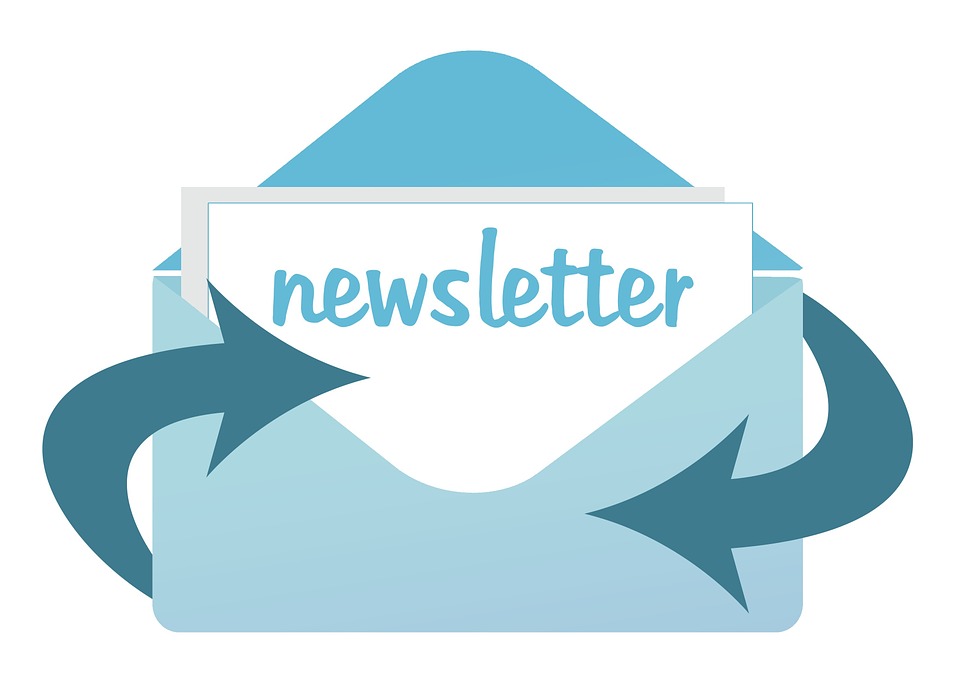
The visibility a newsletter provides should increase sales over time.
When sent with regularity, a newsletter reminds customers you exist, boosts sales, raises awareness of your products and services, and encourages traffic to your website or e-commerce store.
What makes an effective newsletter?
To be effective, your newsletter must be educational, entertaining or enlightening. Pick at least one, although two would be better.
Consumers have no shortage of information coming at them. To develop your newsletter’s readership and build a loyal following, your newsletter has to be something they WANT to read.
What kinds of content are best to include in a newsletter?
Every business is unique, so you have to determine what content will most appeal to your customers. Remember, it’s not what you want to tell them; it’s what they want to know that should guide your newsletter content.

Make your newsletter content more informational than promotional or you’ll turn off readers.
Here are some ideas for content:
- Informative articles about your industry
- Trends
- New product descriptions
- Product reviews
- Profiles of industry people or even your employees
- Helpful tips
- Upcoming events
- Special sales or discounts
Don’t forget to include photos and graphics to make your content more visually appealing. And finally, come up with compelling headlines, subheads and captions to engage subscribers and keep them reading until the end.
4) What are possible mistakes that businesses often make with their newsletters, and how can these mistakes be avoided?
The most common mistake companies make with their newsletter is making it too promotional. Your content should be 80-90% informational with only the remaining balance for selling.
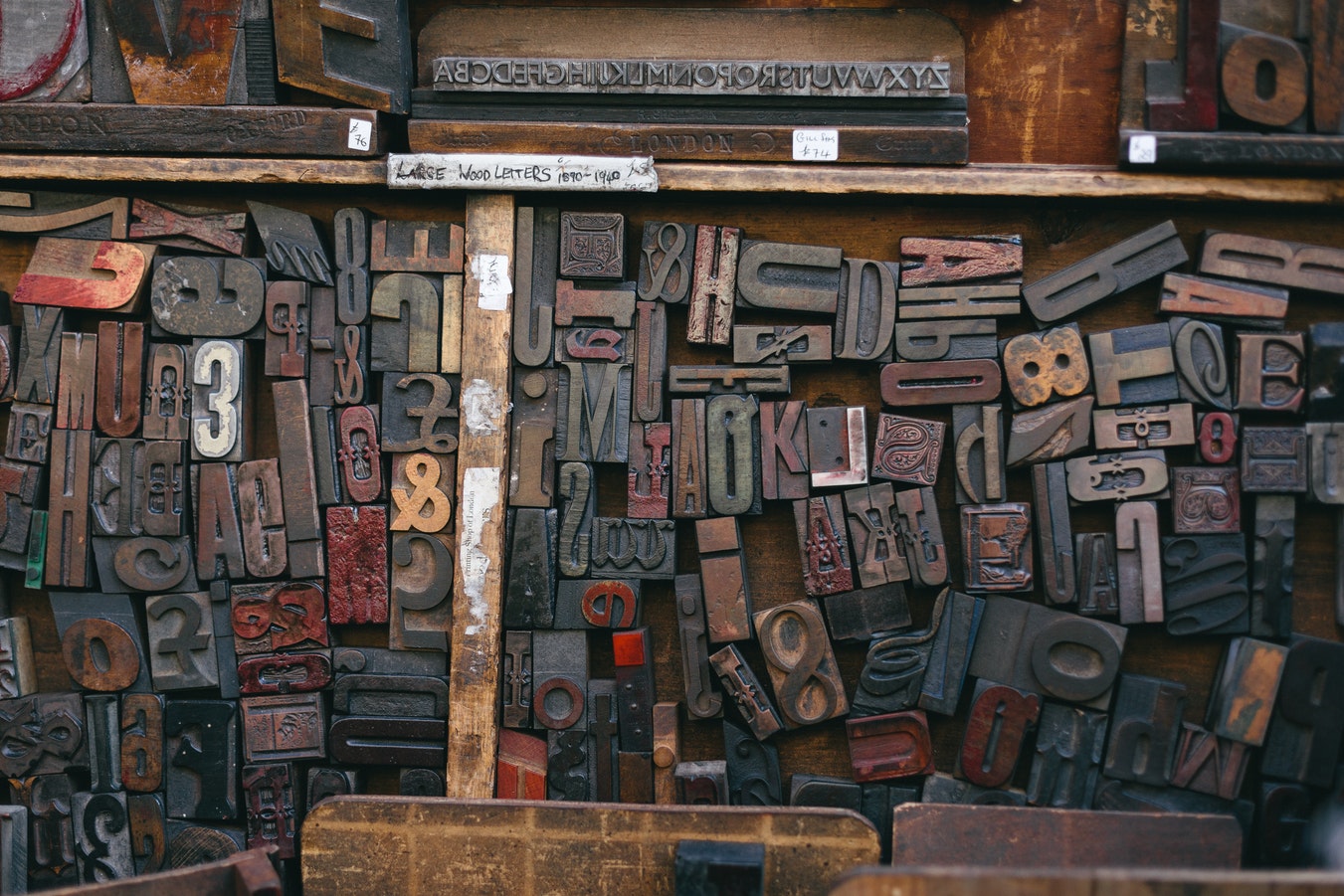
Readers need to quickly be able to ascertain the value you provide in your newsletter stories.
The reader has to be able to quickly ascertain “what’s in it for me” or they’ll never get past the first few lines. Make your newsletter interesting and you’ll soon have a large and loyal fan base.
5) What is different about newsletters these days than maybe was done 10 or 15 years ago?
I can think of four main differences right off the bat:
- e-Newsletters dominate — Newsletters used to be printed and mailed. That made them a costly endeavor, as you had production, printing and mailing expenses. Now most newsletters are produced within a digital template and sent via email, making them extremely affordable to even the smallest of companies.
- Mobile friendly — These days your newsletter must be mobile friendly. The percentage of people who do most of their reading on their cell phone is growing constantly. Your newsletter must be responsive, which is to say, it must fit whatever screen the reader is using, whether it’s a large 34” monitor or a small, old(ish) iPhone screen.
- Increased frequency — Your newsletter can be sent with more frequency than used to be acceptable. It used to be a monthly newsletter was sufficient. But now, if your content is good, your readers won’t mind hearing from you every week or even every day in some cases.
- One story per edition — Old-style newsletters used to have multiple stories in every edition. Now it’s okay to pick just one story and focus. For example, I work with a real estate agency that used to send out a monthly newsletter with 5-8 properties they were promoting. Now, they send out a newsletter once a week and each issue focuses on just one property, removing other information that could be distracting.

Newsletter styles have changed over the years, but content that is good and useful never gets old.
6) What should you do if you don’t have the time to write a newsletter?
That’s an easy one. If you lack writing skills or recognize that writing your newsletter is not an effective use of your time, consider working with a freelance copywriter. A pro can help you get the job done right — fast, easy, effective.
Now you have enough background to get started on your newsletter. Just remember, you may not see immediate results. It can take a while for a newsletter, whether electronic or printed, to gain traction. Stay with it and continue to provide useful, educational and entertaining information and you’ll soon have a loyal following.
* * *
Testimonial
Excellent work
Copy approval of the skincare article went very smoothly, and we don't need to make any further changes. Thank you for your excellent work!
Nozomi Araki
International Corporate Communications
Brain Center Inc.
Tokyo, Japan



